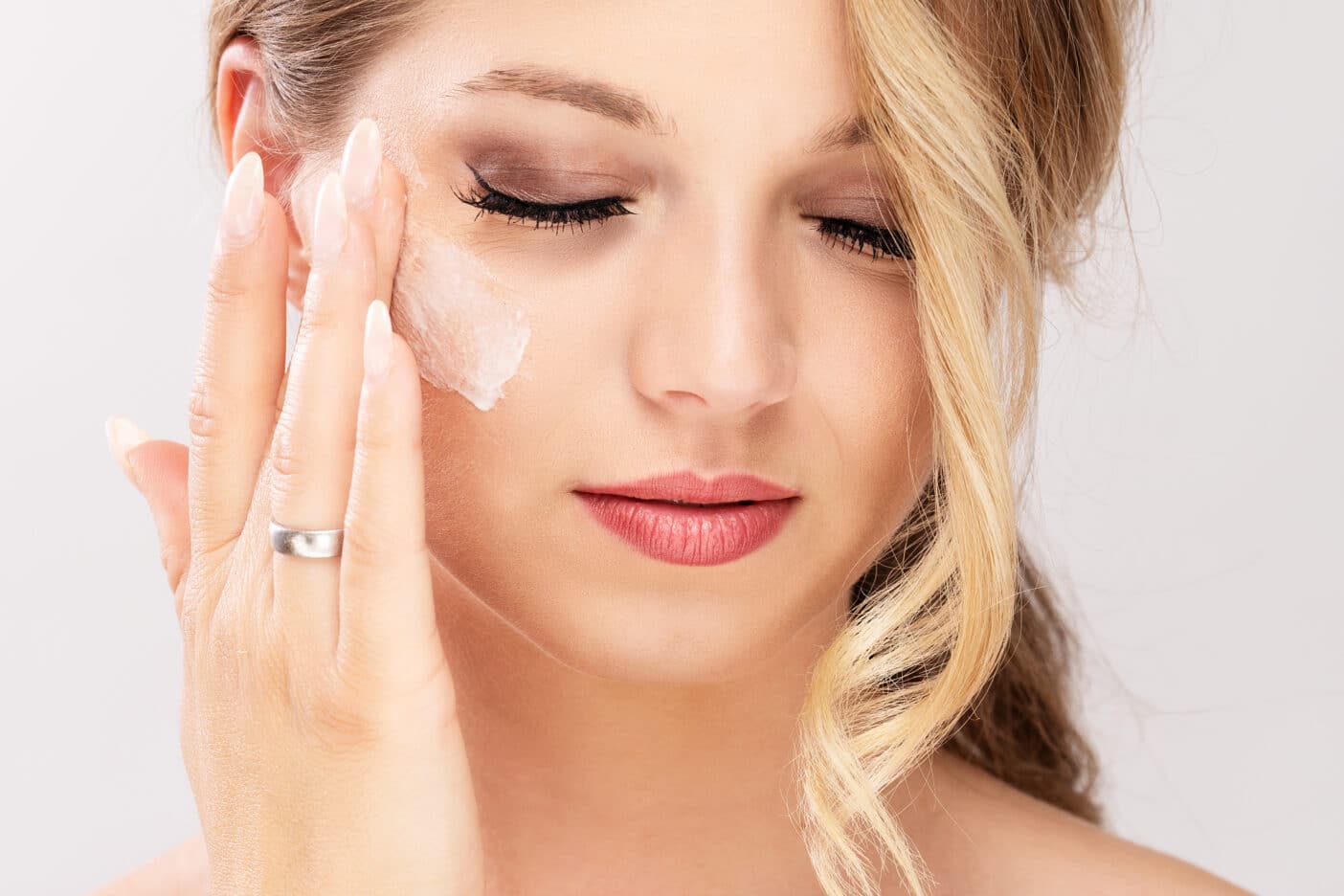Ingredient absorption in the skin – mechanisms and optimisation

Absorption of active ingredients into the skin is a challenge because our skin is not only our largest organ, but also a complex barrier. Whether a cosmetic product can deliver its desired effect depends largely on the absorption of its active ingredients. Only when an active ingredient actually penetrates the skin and arrives there in sufficient quantities can anti-ageing, moisturising or protective functions be fully effective.
Basics of active ingredient absorption
When a cosmetic product is applied, many ingredients initially remain on the skin’s surface. Only the ability to penetrate, i.e. to penetrate the upper layers of the skin, determines whether actual absorption of the active ingredient can take place. If a molecule succeeds in penetrating the skin barrier, this is referred to as permeation. This process can take place intracellularly, intercellularly or via the hair follicles.
The absorption of active ingredients is influenced by numerous factors: molecule size, lipophilia, charge and the nature of the skin itself all play a role. In general, the so-called ‘500 Dalton rule’ applies: molecules with a higher molar mass hardly penetrate the skin.
Penetration enhancers and their importance
Penetration enhancers are used to optimise the absorption of active ingredients. These can be chemical in nature, such as unsaturated fatty acids or phosphatidylcholine, or have a physical effect, for example through ultrasound, radio frequency or iontophoresis.
Modern cosmetic procedures such as dermal needling or occlusive masks also increase the permeability of the skin and thus enhance the absorption of active ingredients.
Another example is the enzymatic activity of the skin microbiome: complex substances such as hyaluronic acid or triglycerides are broken down into smaller molecules that can more easily penetrate the skin, thereby improving the absorption of active ingredients.
Bioavailability – how much of the active ingredient actually reaches the skin?
Bioavailability describes the percentage of an active ingredient that actually becomes effective after application. Low bioavailability often leads to insufficient effects despite high concentrations and can cause side effects. Targeted optimisation of active ingredient absorption, on the other hand, allows lower dosages to be used without losing effectiveness.
Lamellar creams or liposomal dispersions are typical examples of modern carrier systems that produce plateau effects. The active ingredient is released continuously over a longer period of time, resulting in uniform absorption and avoiding irritation.
Molecular properties and their role
The properties of individual molecules are crucial for the absorption of active ingredients: Lipophilic and non-ionic molecules penetrate more easily than hydrophilic or ionic substances. Lipophilic and non-ionic molecules penetrate more easily than hydrophilic or ionic substances. The thickness of the skin and the condition of the skin barrier also influence how effectively a substance is absorbed.
Innovative systems such as nanodispersions or oleogels offer new possibilities here. They not only improve the stability of sensitive ingredients, but also ensure more even and deeper absorption of active ingredients.
Practical examples:
Vitamin C is unstable in its pure form and poorly penetrating. In a stabilised, liposomal form (e.g. ascorbyl phosphate), the absorption of the active ingredient is significantly increased, stimulating collagen synthesis.
Azelaic acid: The substance can be optimally absorbed in liposomal dispersion. In combination with barrier-stabilising creams, this results in improved active ingredient absorption without irritating the skin.
Spilanthol: Depot effects in lamellar systems result in slow but constant release, leading to sustained active ingredient absorption.
Conclusion: Sustainable cosmetics through optimised active ingredient absorption
Effective cosmetics rely on formulations that enable controlled, sustainable and compatible active ingredient absorption. Whether through penetration enhancers, modern carrier systems or the use of physiological substances, the goal is always the same: maximum effectiveness with minimal impact on the skin and the environment.
We develop innovative cosmetic products with active ingredients and tailored absorption that make your brand unique. Get in touch today!
Alternatively, you can use the immediately available white label products from our partner Tojo Cosmetics GmbH to enter the market quickly and easily.